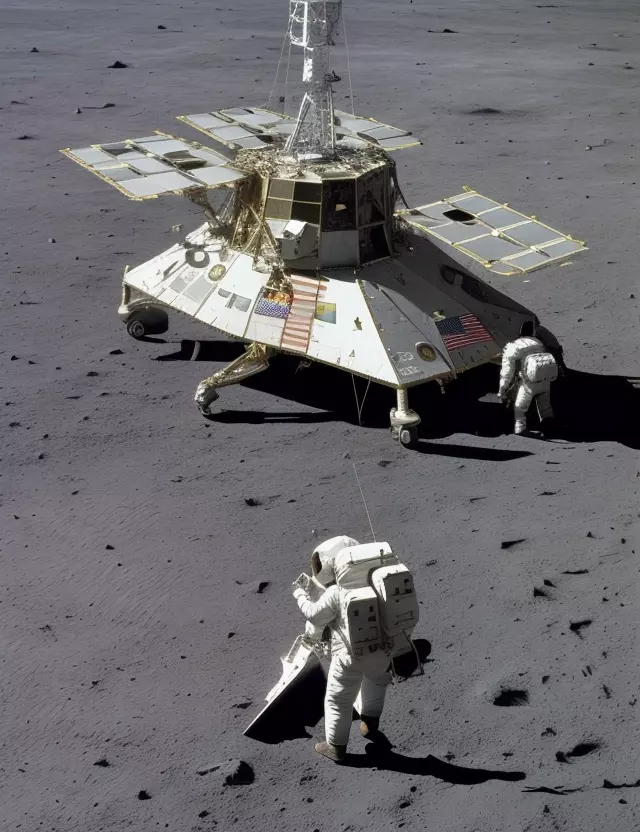Apollo 17: The Final Chapter of Lunar Exploration Begins with NASA's Last Moon Mission
Launch of the Apollo 17 Mission on December 7, 1972

Introduction
On December 7, 1972, NASA launched Apollo 17, marking the culmination of the Apollo program and the final mission that would see humans walk on the Moon. This historic event represented the last chapter of an era in space exploration and contributed to humanity's understanding of our celestial neighbor.
The Apollo 17 Mission
Apollo 17 was the sixth and final mission in the Apollo program to land astronauts on the Moon. The crew, consisting of Eugene Cernan, Harrison Schmitt, and Ronald Evans, embarked on a mission to explore the lunar surface, conduct experiments, and gather valuable scientific data.
Last Human Steps on the Moon
Eugene Cernan, the mission commander, holds the distinction of being the last human to walk on the lunar surface. His words as he left the Moon, 'We leave as we came, and, God willing, as we shall return, with peace and hope for all mankind,' marked a poignant conclusion to the Apollo program's lunar exploration.
Scientific Contributions
Apollo 17 contributed significantly to scientific understanding, conducting experiments in geology, seismology, and atmospheric studies. The mission brought back valuable lunar samples, providing researchers on Earth with insights into the Moon's history and composition.
Legacy of the Apollo Program
The Apollo program, of which Apollo 17 was the concluding chapter, stands as a monumental achievement in human space exploration. It demonstrated the capabilities of human spaceflight, expanded scientific knowledge, and left an indelible mark on the collective imagination, inspiring generations to come.
Enduring Inspiration
While Apollo 17 marked the end of crewed lunar missions, its legacy endures in the ongoing pursuit of space exploration. The spirit of discovery, adventure, and the quest for knowledge ignited by the Apollo program continues to inspire scientists, engineers, and dreamers around the world.



